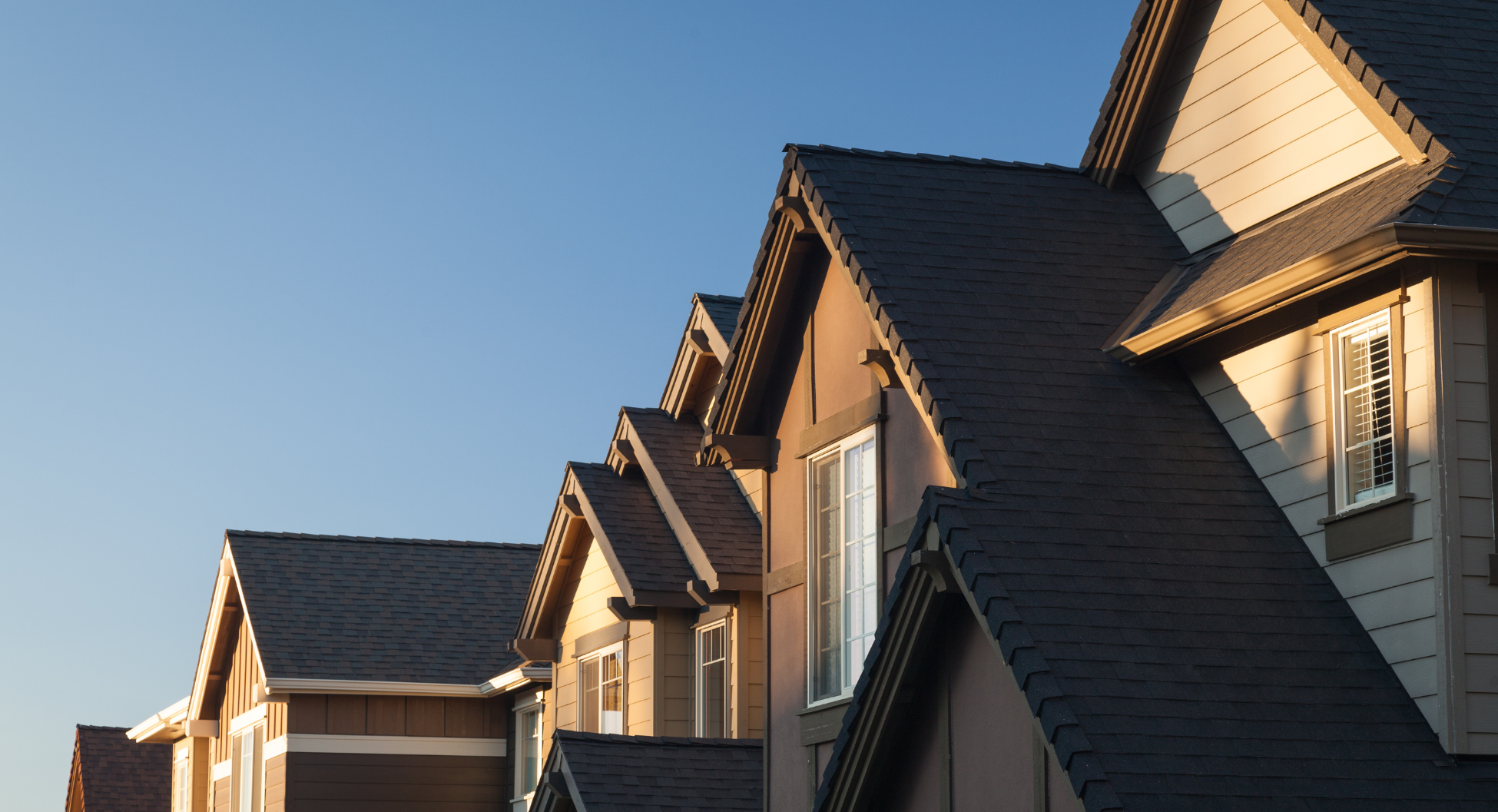I like to keep up with state and national real estate trends, because what happens elsewhere can affect us, either directly or indirectly. To that end, I just learned about a new mixed-use development in Los Angeles, funded in part by Costco. (Mixed-use zoning allows multiple uses on a given plot of land, for example, both residential and retail.)
The 5-acre site plan includes a Costco, 800 residential units (184 of which would be set aside for low-income residents), a fitness area, multi-use community space, multiple courtyards and landscaped paths, a rooftop pool, gardens, and parking. The development will use prefabricated apartment modules to offer studio units with 350 square feet, one-bedroom units with 450 square feet, and two-bedroom units with 605 square feet.
This high-density approach to housing hasn’t caught on here in the Ukiah Valley because we still have room to build single-family homes, but as the available land dwindles, high-density, mixed-use developments may become more popular. Before you turn up your nose, consider this.
High-density, mixed-use developments are a great way to address California’s housing shortage, and in many ways, they’re better for the environment.
Building apartments and condominiums enables a lower per-unit cost for infrastructure, and building homes near businesses reduces costs overall. Public roads, services, and utilities are much more expensive to build and maintain when homes and business are spread apart. Greater distances require more material to build and more crews to maintain than more compact footprints. Similarly, the cost of maintaining public services like police and fire departments is less when service areas are smaller.
High-density housing can also reduce car congestion because people’s homes are within walking and biking distance of grocery stores, retail stores, fitness centers, and pharmacies. Not only is there less traffic, but also fewer cars per household.
In places where the built environment is more walkable, people walk more. Here in the Ukiah Valley, we jump in our cars for everything because residential areas are miles from the nearest store or office. And even when homes are a little closer, our community is not set up with consistent sidewalks and bike paths (or wide shoulders on the road) that make it safe to get around without a car.
High-density, mixed-use developments also make sense from a public finance perspective. Mixed-use developments with retail and apartments tend to provide more services privately than communities made up of single-family homes.
So, although location and school district are the most obvious factors determining property value, when done well, the benefits of high-density communities can increase their market value, especially when there’s a strong sense of community and lots of amenities close by.
While Ukiah is not likely to see mixed-use, high-density housing on the scale of 800 units with a Costco, I can imagine a smaller development attached to a major retailer here in the next five to ten years. Even if high-density housing doesn’t pick up much in Ukiah, with more affordable housing elsewhere in California, the housing shortage will ease, and this will reduce the cost of housing in our valley.
If you have questions about property management or real estate, please contact me at [email protected] or call (707) 462-4000. If you have an idea for a future column, share it with me and if I use it, I’ll send you a $25 gift certificate to Schat’s Bakery.


